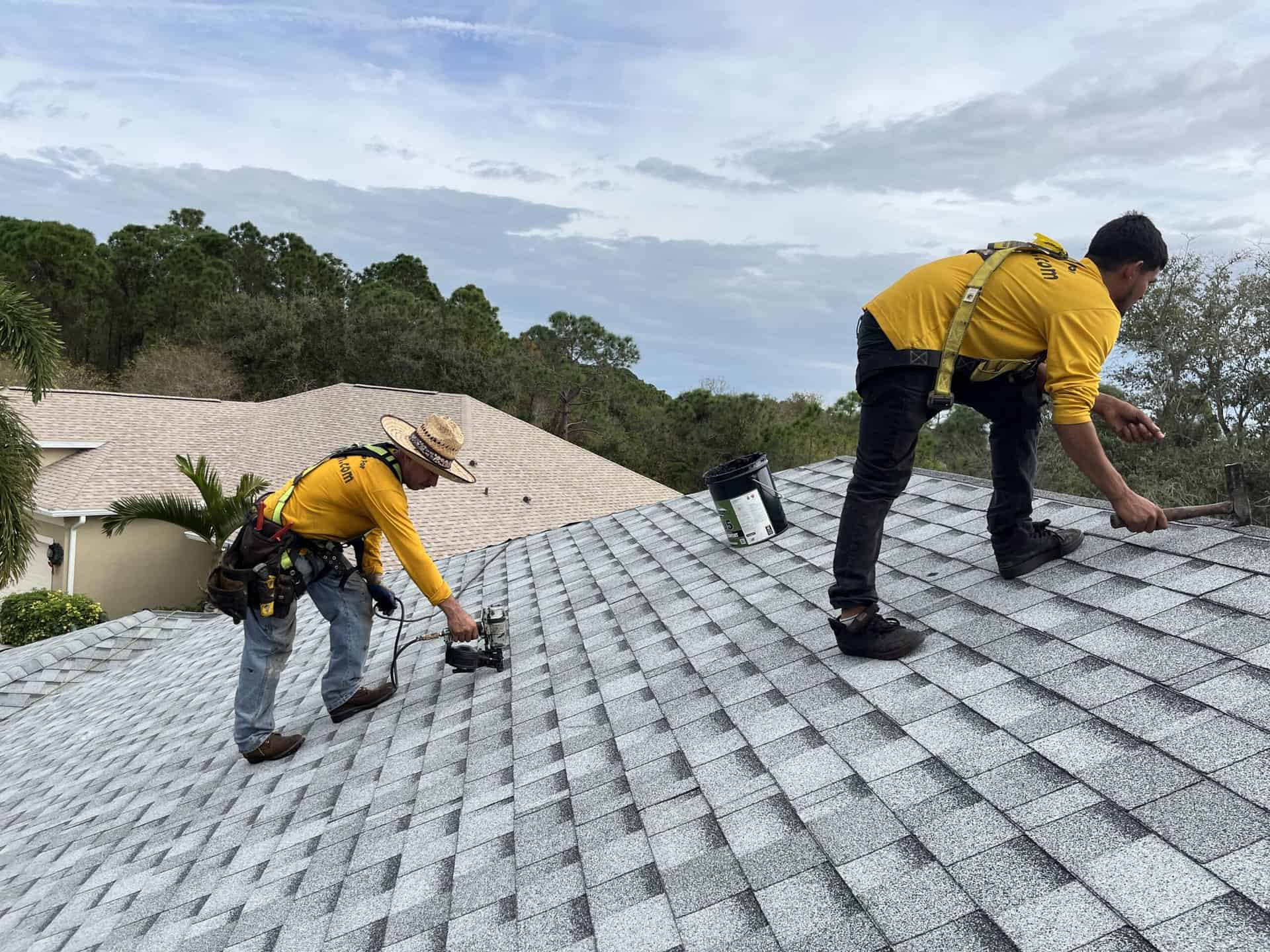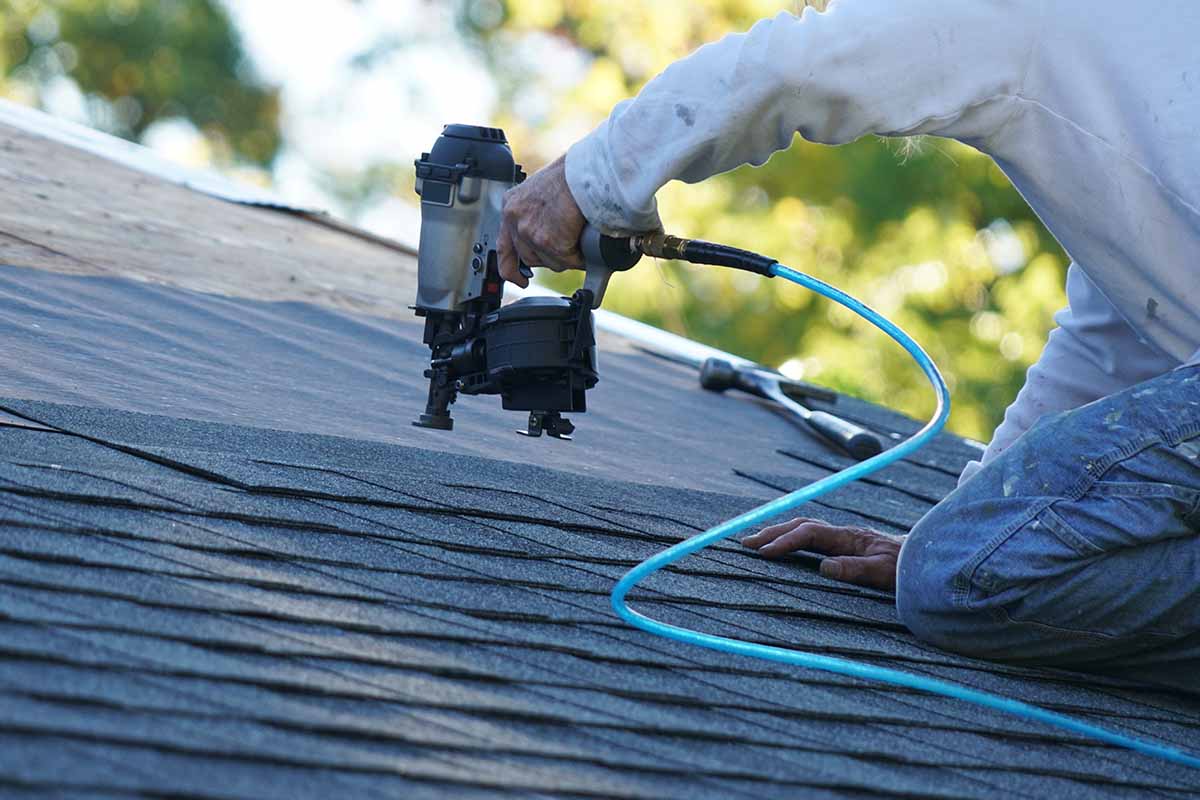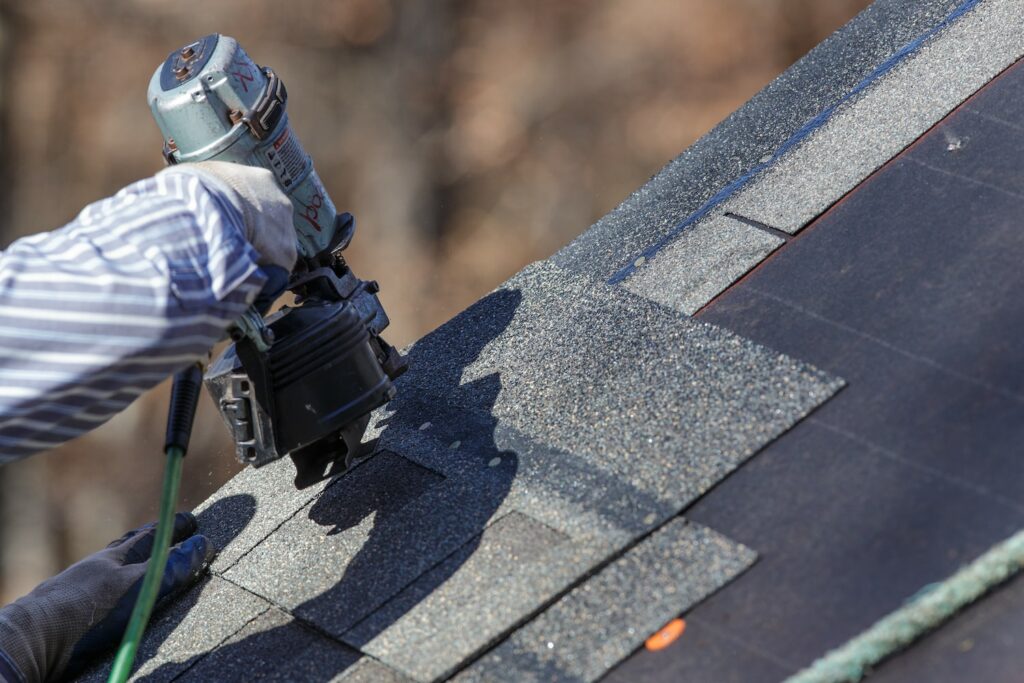The Roof Covering Substitute Process: What to Anticipate from Beginning to End Up
Understanding the roofing substitute process is essential for home owners considering this significant investment. Each phase, from the preliminary evaluation of your roof covering's condition to the thorough installation of new materials, plays a critical function in ensuring long-lasting durability and efficiency.
Analyzing Your Roofing System Problem
Evaluating your roofing problem is an essential action in the roof replacement process, as it identifies the essential activities to make sure structural stability and longevity. Look for missing shingles, curling sides, or granule loss, as these show prospective susceptabilities.
It is additionally important to examine the roof's flashing and seamless gutters, as these parts play an essential duty in routing water away from the roofing system and avoiding moisture buildup. Any rusted or damaged blinking need to be kept in mind, as it may call for fixing or substitute - roof replacement. Consider the age of the roof covering; most roof materials have a life-span that, when surpassed, warrants replacement.
Picking Replacement Materials
Picking the best products for your roof replacement is important to achieving sturdiness, visual appeals, and power performance. The option of roof products can considerably affect the life-span of your roof, in addition to its efficiency under numerous climate condition. Typical alternatives consist of asphalt shingles, steel roof, floor tile, and slate, each offering distinctive advantages and downsides.
Asphalt tiles are popular due to their cost and adaptability, offered in a range of shades and designs. Steel roof, recognized for its durability and resistance to severe climate, can additionally enhance power effectiveness via reflective residential or commercial properties. Floor tile roofs give a classic look and are exceptionally durable, however they can be much heavier and much more costly. Slate provides a stylish appearance and exceptional toughness yet comes with a higher initial financial investment.
When selecting products, think about factors such as environment, developing codes, and your budget. In addition, consider the ecological impact of your selections; lots of producers currently provide environment-friendly options. Inevitably, the ideal roofing material will certainly not just safeguard your home however also complement its building style, ensuring that your financial investment stands the test of time.

Employing a Roof Contractor
When you have actually identified the appropriate materials for your roof replacement, the next critical step involves working with a certified roofer. Choosing the ideal service provider is vital to make sure that the installment is finished securely, effectively, and in conformity with local building regulations.
Begin by more info here looking for suggestions from close friends, family, or next-door neighbors who have recently undergone roofing substitutes. roof replacement. On the internet evaluations and ratings can likewise supply useful insights into a professional's credibility. Once you have a shortlist, validate each service provider's qualifications, including licensing, insurance, and any pertinent accreditations
Schedule in-home price quotes to examine the scope of job and get expense estimates. Throughout these examinations, inquire about their experience with your picked products and request references from previous customers. A respectable professional should be clear regarding their procedure, timelines, and warranties.
In addition, guarantee that the service provider provides a composed agreement detailing all project information, consisting of payment routines and completion timelines. This action not only protects you however also develops clear assumptions. By embarking on extensive research and due diligence, you'll be well-appointed to choose a specialist that meets your demands and delivers high quality handiwork.

The Installment Process
The installment process of a roofing system substitute is a vital stage that needs careful implementation and skilled craftsmanship. This stage normally starts with the removal of the existing roof covering materials. Roofing experts will make sure that all old roof shingles, underlayment, and blinking are totally removed away to expose the roof covering deck, permitting for a thorough examination for any underlying damage.
Once the deck is assessed and fixed if essential, the setup of the new roof can commence. The procedure begins with the application of a water resistant underlayment, which serves as a barrier versus dampness infiltration. Following this, the new tiles or roof covering materials are set up according see this here to the manufacturer's requirements and neighborhood building ordinance. Attention to information is vital during this phase, as proper placement and safe fastening are necessary for the roofing system's longevity and efficiency.
In addition, the installation of ventilation systems and blinking around chimneys, vents, and other outcroppings is critical to make certain optimum airflow and stop leakages. The project ends with a comprehensive cleaning of the work site, leaving the house owner with a quality roofing system that supplies defense and peace of mind for years to come.
Post-Replacement Care
Post-replacement care is vital to you can try this out ensuring the durability and efficiency of a newly mounted roof. After the setup procedure is complete, property owners should take certain actions to maintain their roofing's honesty and functionality.

Second of all, regular cleaning is essential. Keeping gutters and downspouts free of particles will ensure correct water drainage, protecting against water damages and mold development.
Furthermore, it is advisable to cut looming branches to minimize the danger of physical damage and prevent fallen leaves from accumulating on the roof.
Conclusion
In final thought, the roof substitute process involves numerous critical points, including evaluating the roof covering's condition, choosing appropriate materials, working with a qualified specialist, and carrying out the installation with care. Focus to information throughout installation, such as guaranteeing correct ventilation and flashing, substantially impacts the roofing system's efficiency and long life. Post-replacement upkeep is vital to maintain the integrity of the new roofing. Recognizing these steps assists in a smoother experience and adds to a successful roofing job.